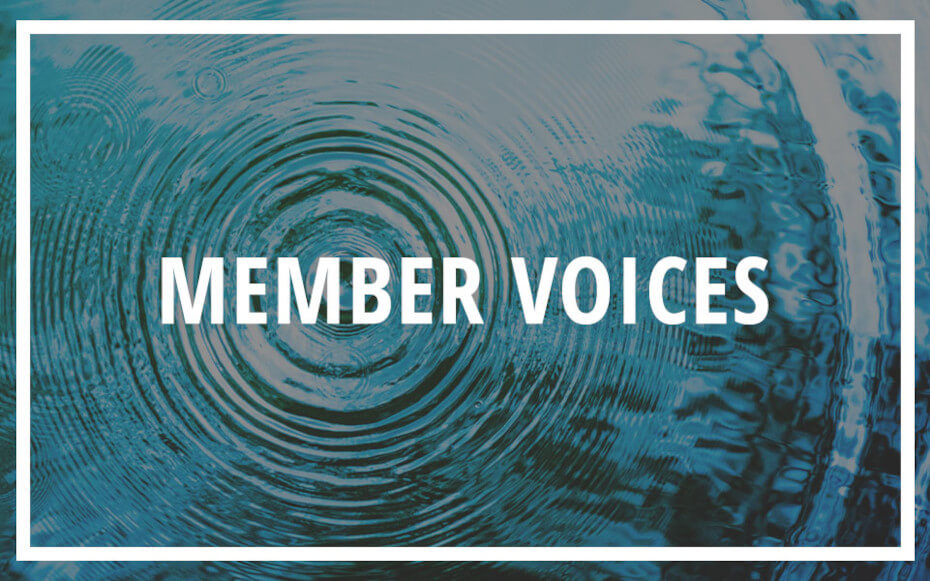The last two years have changed the landscape of work and how many view career success and professional fulfillment. Today’s different modalities of work and service delivery offer many new opportunities, but also can have limitations as well. The Great Resignation is also changing the workforce and requires employers to find ways to remain genuine and transparent in support of staff morale, work-life integration, and authenticity within their teams. Finally, as more workplaces work to adopt comprehensive DEI plans, they must develop strategies that will ideally stand the test of time. Based on these ideas, below are several observations made based on the experiences of those in career services.
Key Observations & Suggestions
1. There are opportunities and limitations for every modality. While college campuses have used or acquired technology over the past few years to quickly and broadly expand online offerings, it is clear there is not a simple one-for-one replacement for all in-person engagement.
The pandemic expanded opportunities to learn and engage in new ways, but it also reinforced the importance of authentic, meaningful social connections. Picture an hourlong Zoom meeting or a long and detailed email that could have been more effective as a short face-to-face conversation. Studies have found that an overwhelming majority of human communication is nonverbal, and even in a highly digital environment, a lot of things are lost in translation.
For better or worse, Zoom, Microsoft Teams, Webex, and other similar platforms are here to stay for virtual meetings. However, to keep things engaging for your audience, you must be creative and mindful of the differences between virtual and in-person meetings. Things we have seen work well virtually include making the meetings shorter, mixing up speakers/presenters throughout the session, having a set agenda that can be shared and updated virtually, and encouraging the use of the chat function or reaction buttons for participant comments and connection. As student development professionals, we have also found that, however well-intentioned, hybrid—meaning conducting events both online and in-person—is hard and not always worth the benefits and labor of setting up programs or meetings in this “both/and” format. Hybrid opportunities can also provide a challenge when trying to set metrics and measure program engagement.
As many career services offices consider or attempt a return to in-person events, there are both old and new concerns as we aim to create spaces where participants feel safe and try to offer equitable access to opportunities. Even if not always well attended, virtual events certainly added more access for students and employers compared to various barriers to being at an in-person program, e.g., geographic distance; parking costs; and disabilities impacting movement, sight, hearing, and mental health concerns such as anxiety or PTSD.
Distanced outdoor events have potential but can be hard to manage, and the weather is an unknown factor. In particular, we believe career fairs are going to be a long-term challenge to remain fully virtual and not disadvantage smaller employers/organizations that have less brand recognition.
While it is great to have so many potential options for engagement with our own teams as well as with students and employers, it is important to acknowledge that there is no perfect approach, and we must continue to be creative, flexible, and honest as we make the best of our meetings, appointments, and events.
2. We need to accept and address the Great Resignation. Over the past few months, millions of Americans have decided to make a job shift. This wave of workforce change has certainly impacted the higher education sector, and the functional area of career services has not been immune. Even when an office has a positive and supportive culture with team members regularly engaging in professional development, people are moving on for roles that pay more, are higher levels, allow for additional time or geographic flexibility, and/or aim to offer better ROI in the form of higher compensation and faster advancement than the notoriously slow and red tape-laden field of education. As career development professionals, we can hopefully all zoom out from any personal impact and see how this is a great thing for so many people, and, ideally, it will force organizations and institutions to examine their norms for pay, titles, advancement structure, teleworking, and much more.
However, for supervisors and department heads within career services trying to keep their ship not only afloat but moving forward toward big goals, and even for team members watching their peers consider or make intentional moves, how can we appreciate and maximize the things that are positive about this unique time in the economic landscape? With more transparency and understanding around the reasons why many people are looking and leaving right now, it can be easier to be proactive, avoid hard feelings, and sustain connections, making for smoother transitions. It will also be interesting to see how this wave of change impacts hiring and retention practices in our field, especially as we are already seeing smaller candidate pools and higher ed professionals pursuing private industry positions that pay more.
What would it take for colleges and universities to compete for the same talent as corporate organizations? It’s time to accept and directly address the Great Resignation and its impact on career services now and into the future and be voices of change and advocacy in our own spheres.
3. Leaders must step up to champion sustained focus on transparency, staff morale, and work-life integration. People don’t leave bad jobs, they leave bad bosses. A Gallup Survey shows that managers account for 70% of variance in employee engagement. This impact has likely been magnified during this pandemic, as burnout and competing demands have taken a toll on office morale and work culture on many campuses.
Strong leaders have used this time to focus on their skills related to kindness and empathy to support those around them to keep team spirits high and combat the daily obstacles facing the world of work as a whole. Many decisions that impact career services occur in meetings with university administrators, so leaders may need to increase their transparency in their communications to their employees. For example, transparency on budget and budget requests can be a way to provide peace of mind and reassurance of team priorities in uncertain times, especially if those requests include advocacy for staff needs, like technology upgrades and higher salaries. It can be comforting for staff at any level to hear the full picture from a director who is in the room where the future of staffing is being discussed.
Another major topic that has come up on campuses over the past two years is work-life balance or work-life integration. This skill often needs to be modeled by supervisors to permeate an organization. Hearing stories of leaders encouraging members on their team to take days off (and doing the same themselves!), purposefully signing out of Microsoft Teams/Google Chat, or putting up an out of office message instead of responding 24/7 to requests shows the team that their leader respects the boundaries of others and acknowledge that work can compete with real-life commitments and responsibilities. True leaders know that when they take care of their teams, staff will be more productive and more likely to stay. People buy in more when they are seen, acknowledged, supported, and cared for. Money is important, but it doesn't buy employee loyalty.
4. Stakeholders will continue to put our DEI efforts to the test. Conversations about diversity, equity, inclusion, and social justice were put front and center at many organizations and institutions in the summer of 2020, leading to a surge in related inventories, focus groups, antiracism taskforces, training initiatives, public statements of solidarity, and more.
More than a year later, internal and external stakeholders—including college students, parents and families, and faculty and staff members—are waiting to see how many of the projects, programs, and statements put out in 2020 are leading to sustained systemic change versus what may have served as a temporary spotlight or performative allyship.
While some of the direct action related to DEI has occurred at senior leadership levels on college campuses, there is also intentional work being done at the career services department level, and this is a critical time for us to prove our long-term commitment. Looking at our own offices and comparing them to where we were a year ago, are we seeing a greater representation of race, ethnicity, gender, and/or other facets of identity in leadership roles on our teams and beyond at the institution? Are programs, training, and conversations related to diversity, equity, inclusion, and social justice still happening, and, if so, who is involved in facilitating and who is actively participating? Have we taken a critical eye to the ways we show up for students and provide equitable guidance related to evaluating employers’ commitment to DEI?
According to September 2021 NACE Quick Poll results, only 42% of career centers have intentionally reviewed their hiring, personnel, and/or promotional practices since summer 2020. Only 14% of more than 300 responding colleges currently have a DEI-focused team member on staff. Only about half of career centers feel “well-positioned” (46%) or “very well positioned” (8%) to serve students who have been historically marginalized. As career services professionals, we—and our respective institutions—must consider where DEI fits into our strategic planning, recruiting and retention efforts, and overall services model and external presence. We must know that our many stakeholders are watching with great interest to see what we are doing now that the national conversation has shifted its gaze.
Ongoing Evaluation of What Works, What Doesn’t
The world of work is forever changed, and as we continue to navigate this new landscape, we must regularly evaluate what works and what doesn’t within our offices and organizations.
Leaders need to continue to practice introspection to make decisions that are not only good for them personally, but for the teams and individuals they lead. Values, interests, and culture need to be prioritized, discussed, and modeled. What does it mean to shake up antiquated systems and be more transparent about opportunities for advancement so that people will stay and feel valued and challenged at their current organization? What are leaders doing in your office and organization to show they validate the authenticity in the workplace? Is there greater representation of race, ethnicity, and other forms of diversity in leadership roles on your staff and at your institutions/organizations since 2020? Who is continuing the conversation about DEI and how? If we consider these questions on an ongoing basis, we’ll be able to not just navigate but succeed in this new landscape.







